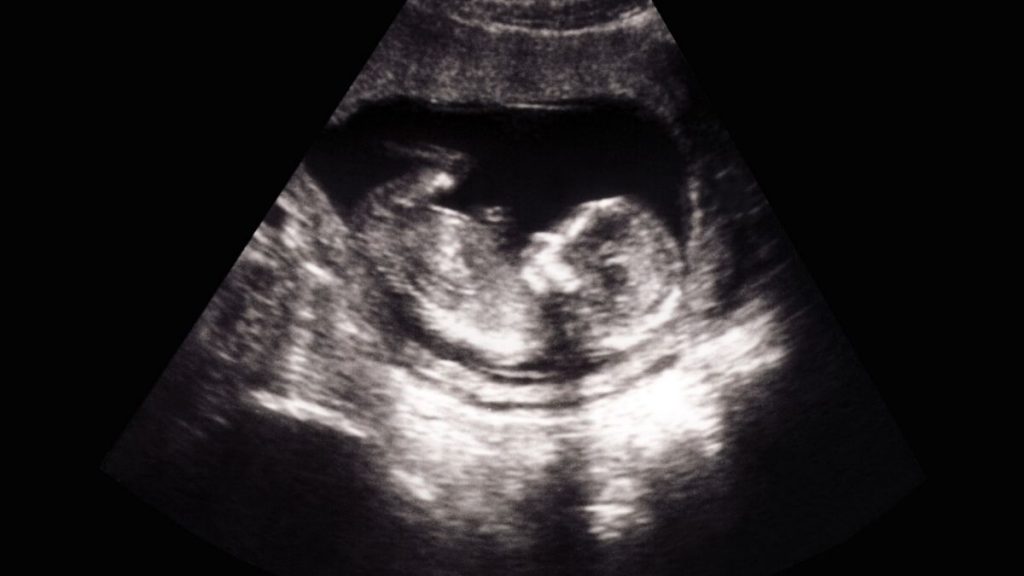Introduction
One of the most powerful indications of your baby’s health is your sense of their movements. If a mother is worried about her infant at any point throughout pregnancy, delivery, or after delivery, she should always trust her instincts. If you’re concerned about your child’s movement pattern, you should get them checked out as soon as possible. Baby bump Kick counter is one such tool for evaluating fetal activity. Although each baby’s fetal movement is unique, peeking into your baby’s environment can help you grasp what’s going on within, and when certain things should be expected.
The feeling of that move
The first fetal movement might be experienced by pregnant women between 18 and 22 weeks, also known as quickening. While it might happen at any time between weeks 14 and 26. Before that, your baby is far too small and far beneath the protective cushioning of your womb to register as a blip on your radar. Initial movements may be noticed in pregnant women who are slim or expecting a second child around month four of pregnancy. Most women are unaware of the flits and twitches until the beginning of month 5. (which can feel similar to gas or muscular spasms).
When you experience fetal movement depends on the position of the placenta: If the placenta is facing forward, also known as anterior placenta, it might silence the motions and prolong the wait by weeks. You might not feel any fetal movement by the fifth month. An ultrasound may be recommended by your doctor to check on the health of your baby. It is possible that your due date was calculated incorrectly, which happens more often than you may think. It’s a good idea, though, to have it checked out just to be sure.

What does a baby kick feel like?
Baby’s kicking can feel like a flicker (like when you get “butterflies” when you’re terrified) or waves (like a little fish swimming around in there, which is exactly what’s going on!). The outcome could be a twitch, a nudge, or even hunger pangs. Maybe it will feel like a bubble bursting or like being flipped inside out on a roller coaster.
As your pregnancy advances, the sensation of your baby kicking will change, from synchronised movements at 6 months to heavier punches and kicks at 7 months to wiggling and twisting in months 8 and 9. Remember that each infant is unique, and their activity patterns and rhythms will vary. If you have any previous children, try not to compare your baby’s movements to those of others or your own.
Count your baby’s kicks
Throughout the third trimester, your doctor will urge you to undertake a “kick count” or keep track of foetal movements to check that everything is going as planned (starting in week 28 through the end of your pregnancy). Here’s how to do it:
- Put down some quiet time for them twice a day. Schedule one in the morning and one in the evening, when fetal kicks and punches are less prevalent.
- Check the time and start counting down the minutes. Count any movement that occurs (like kicks, flutters, swishes or rolls). Stop counting when you reach ten and record the time.
- It is common to have 10 motions of any kind in an hour or less, though it may take longer in some cases.
- Eat something or drink some fruit juice if you haven’t felt 10 movements in an hour, lie down, and count again. It should not take more than 2 hours to achieve a score on a regular basis, but in case of more time, contact your GP. Although a lack of interest does not always indicate that something is wrong, it might be a warning sign that should be investigated.
- Regular kick counts become increasingly vital as your due date approaches. By month 9, you should be counting many times a day and contacting your practitioner if you see a significant decrease in movement.
- Alternatively, you can use a baby bump kick counter that helps you record the fetal movement and count kicks easily.
Importance of counting baby kicks
Counting your baby’s kicks (and jabs, pokes, and rolls!) is crucial since a shift in activity in the third trimester is mostly the first symptom of a baby’s distress. When mothers understand what is normal for their children, they are more likely to notice possible warning signs. We commonly hear from mothers whose kids were spared because they detected a change in their baby’s movement pattern and reported it to their doctor.
Understanding kick counts with Nurturey’s baby bump kick counter app.
Keep track of your baby’s movements in the womb with the Nurturey’s baby bump Kicks Counter app, and keep an eye out for any changes. It helps expectant parents learn about their baby’s normal movement pattern. Changes in your baby’s motions could indicate that they’re sick. Tap the footprint image on the app every time you feel your baby move. It’s not necessary to tap every time you feel a kick. The app records each movement occurrence.
Conclusion
Fetal movement is one of the most thrilling and accurate indicators of pregnancy, indicating that life is growing inside of you. So sit back, unwind, and take it all in. Also, don’t forget to count your kicks in the third trimester!




